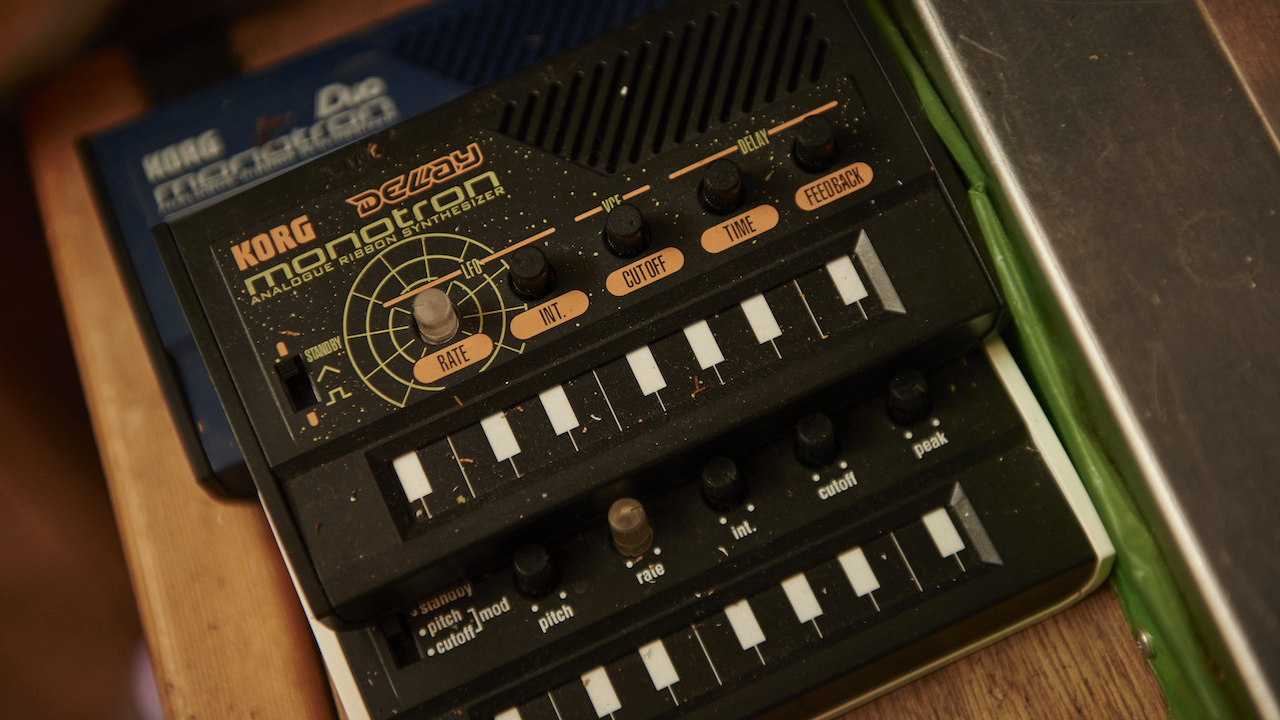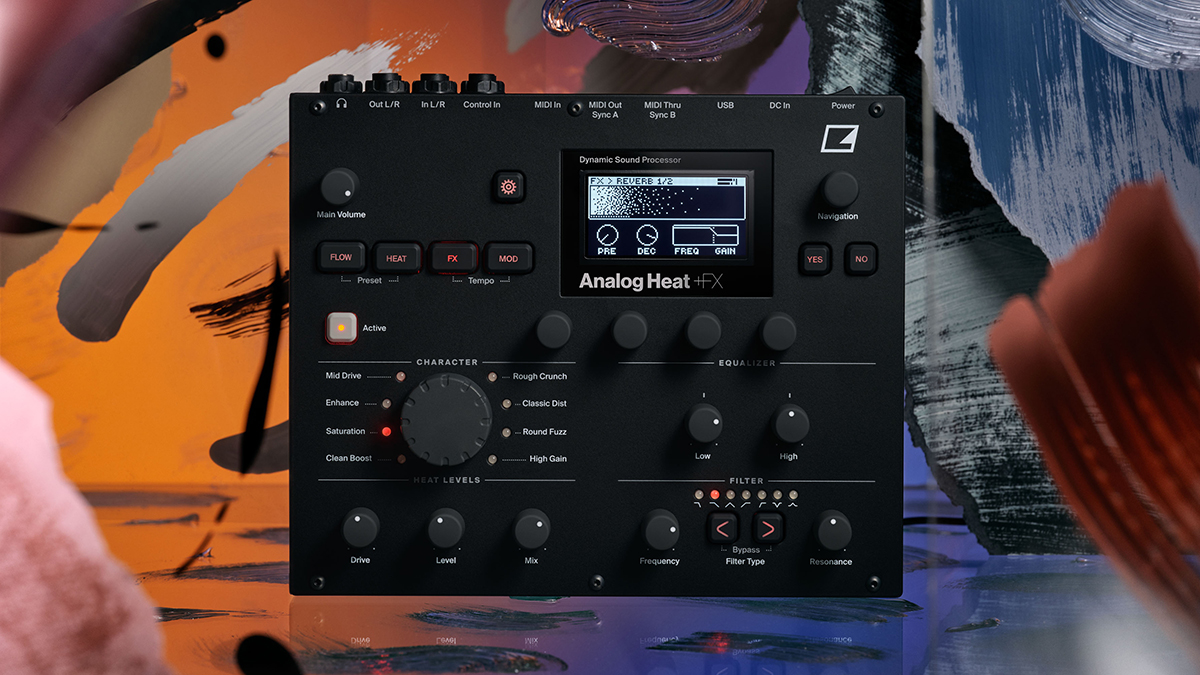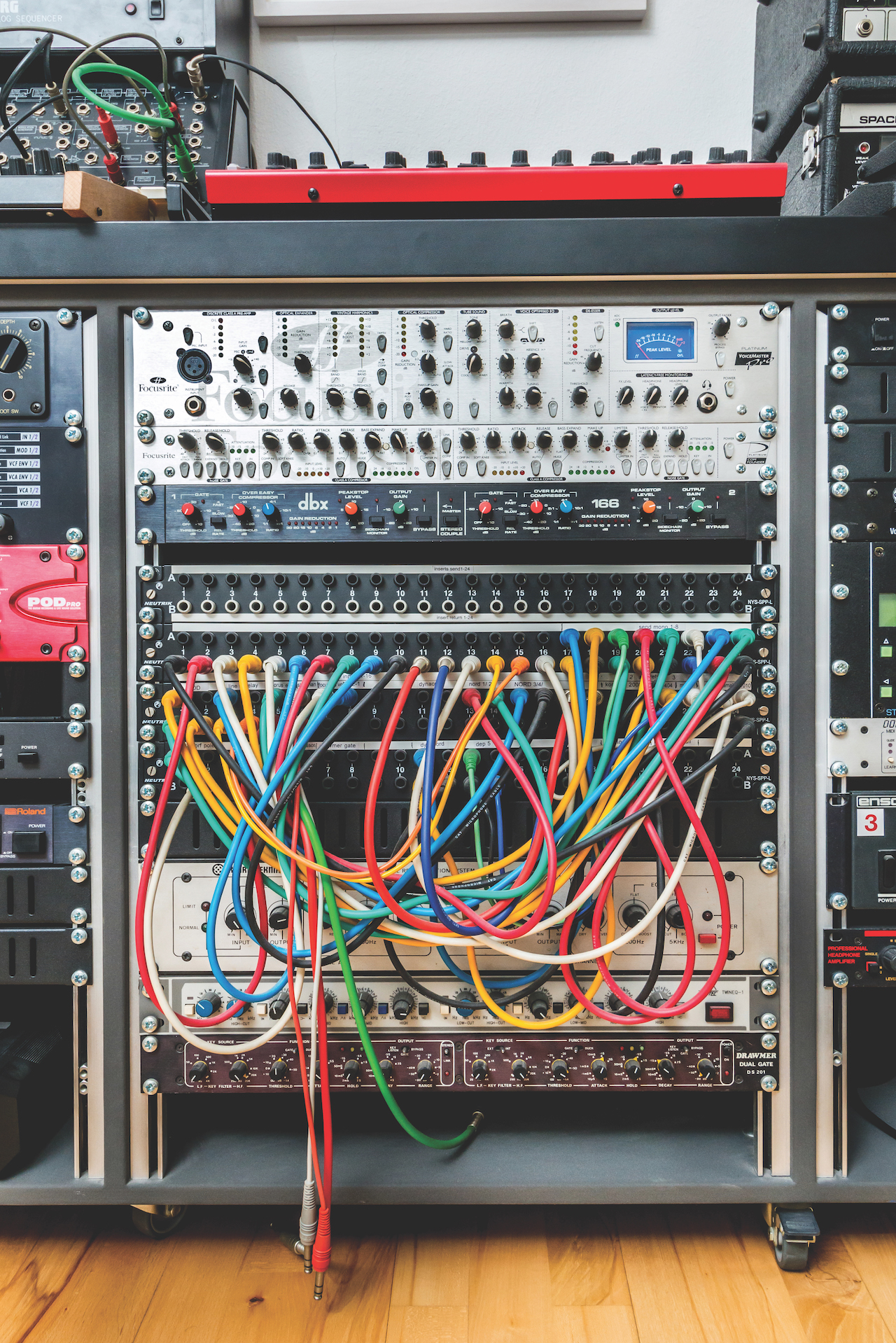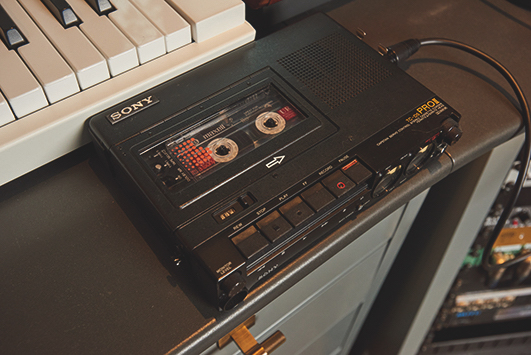
Producers on a budget don't have to compromise on sound design. From cheap-and-cheerful synths to wallet-friendly stompboxes, there's a multitude of options available to those hoping to make big sounds with small - and inexpensive - set-ups.
Here, we run through five budget hardware effects tips, taking you through the tools and techniques you need to explore creative sound design for less.
1. The cheaper, the better

Top-end effects like the Eventide H9 or Elektron Analog Heat+FX are wonderful tools, but don’t be discouraged if your budget doesn’t stretch to these. Cheap processors can often generate some of the most characterful results.
Korg’s Monotron Delay is probably our favourite device in the bracket, but there’s a wide variety of excellent cheap effects out there, particularly in the stompbox realm. Cheaper effects may be noisier, rougher and grittier, but such defects can add character.
2. Use your synths as effects
Many modern hardware instruments feature an audio input. In some cases this is routed straight to an instrument’s output – handy for chaining instruments in a live setup – but others will process incoming audio using built-in filters and/or effects, letting them double as external effect processors for sounds from your DAW.
While this might seem longwinded compared to simply using a plugin, sending a sound ‘out-of-the-box’ and back in via external hardware can work wonders for adding life to digital sounds, and doing so will let you get hands-on with your effects.
3. Patch away

Sending audio out of your DAW for processing with external effects requires an interface with at least one available output and one available in (or two of each, for stereo processing). If you intend to use more than one effect, however, a patchbay can make life a lot easier.
By connecting your various effects to the rear ports of a cheap, simple patchbay, you can easily alter the makeup and order of your hardware effect chains by patching the various ins and outs together, without needing to reconnect your hardware each time.
4. DIY reamping
Reamping is the process of playing recorded audio through a speaker (usually a guitar amp) and recording the output with a mic. Although this sounds like something you’d need a proper recording studio to do, it’s possible to replicate the same idea with any speaker/mic combo.
Doing so allows you to capture the reverberant and tonal characteristics of a space. Try, for example, setting up in an underpass, tiled bathroom or echoey hall with a simple speaker and field recorder, in order to apply the natural reverb of the space to sounds from your DAW.
5. Budget tape

Recording to tape is a great way to impart a pleasing lo-fi quality to sounds. Although we often think of tape recording as something involving reel-to-reel decks or tape echoes, lo-fi tape effects can be created easily using a second-hand cassette recorder – widely available online for little outlay.
Try recording sounds from your DAW to cassette, then from the tape back into your DAW – then repeat the process. The more times you bounce a sound to tape and back, the more degraded, lo-fi warmth you’ll impart on the original sound.







